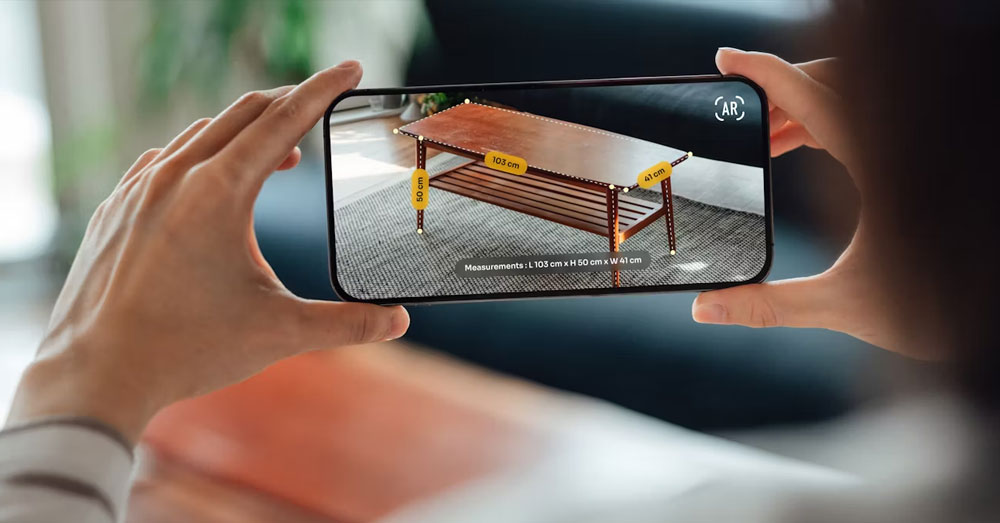
Definition and Core Features of AR
Combination of Real and Virtual Worlds:
- Overlay: AR integrates digital content (like 3D models, text, or animations) with the user’s view of the real world. This content appears to coexist with real-world objects, making it seem like an extension of the physical environment.
- Examples: Seeing virtual information on a physical object through a smartphone screen or AR glasses, like showing directions overlaid on a street view.
Combination of Real and Virtual Worlds:
- Dynamic: The system allows for real-time interaction between the user and the digital content. As users move or change their perspective, the AR content adjusts accordingly.
- Examples: Interactive AR games where virtual characters react to the user’s actions, or AR applications that update information as the user navigates through different locations.
Accurate 3D Registration:
- Alignment: AR systems ensure that virtual content is accurately aligned with real-world objects. This involves precise tracking and positioning to make the overlay look natural and correctly integrated into the physical space.
- Examples: Augmented reality furniture apps that allow users to place and visualize furniture in their homes with accurate scaling and placement.


